Underwater world: the amazing tech behind Blue Planet II
Insights into the blue
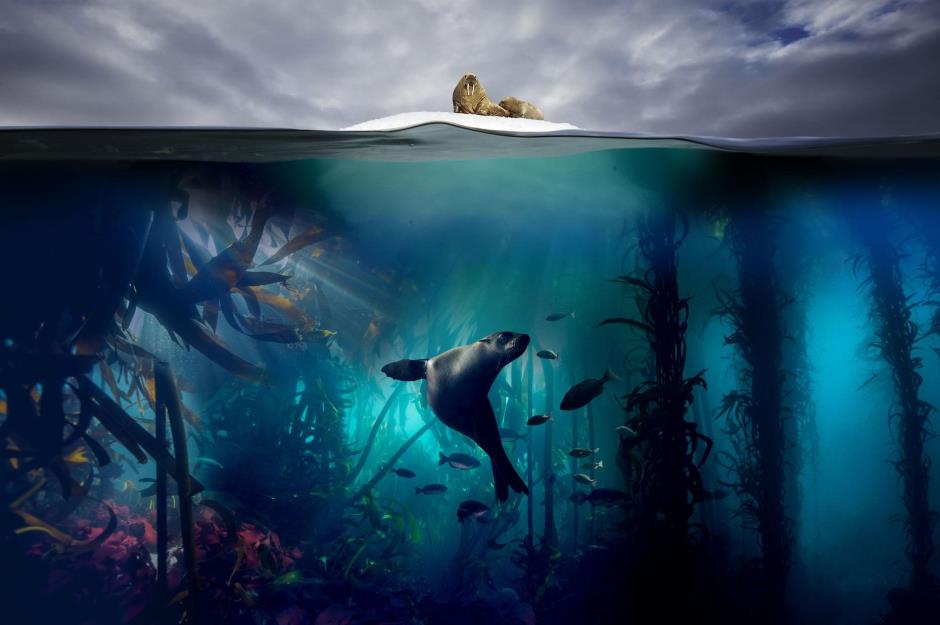
We're hooked on ground-breaking nature series Blue Planet II, which took over four years to make, involved 125 expeditions, visits to 39 countries, and 4,000 dives that clocked up 6,000 hours spent underwater. We've seen bird-eating fish, surfing dolphins and had a stunning look at what lies beneath in the deepest, darkest oceans. To get the astonishing footage, the Blue Planet II team used the latest technology and even created their own specialist equipment to capture new landscapes and previously undocumented animal behaviour. Here we look at some of the tech that has given us a new look at the oceans.
Building on the legacy
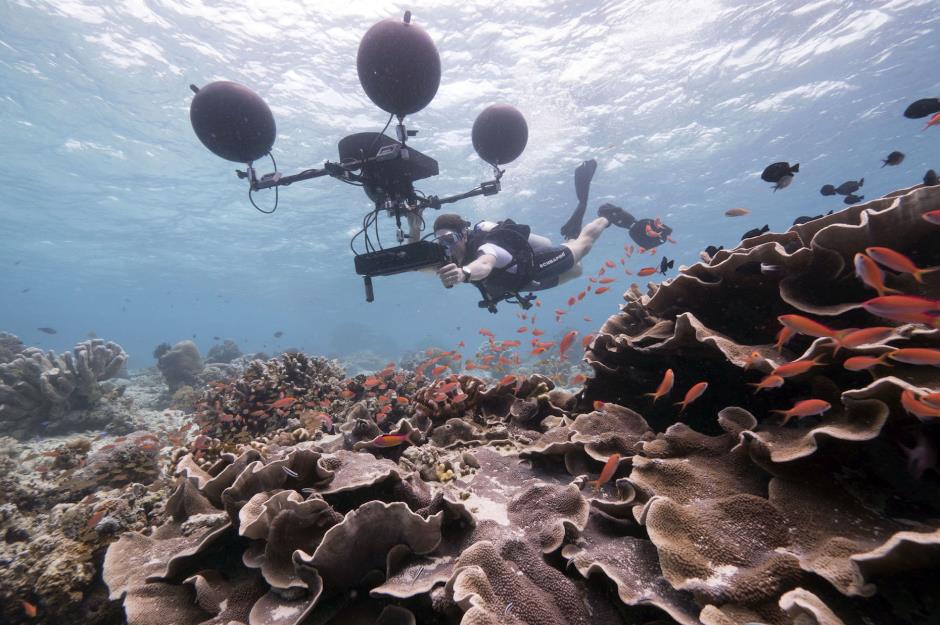
Executive producer James Honeyborne told loveEXPLORING: "Perhaps the most exciting aspect of making this series has been that to best deliver new insights. We’ve not just been reporting the latest findings of marine biologists, we have joined forces with them, making discoveries together." Breakthroughs in marine science and cutting-edge technology allowed the team to explore new worlds and reveal the very latest discoveries. "We can stay submerged deeper, for longer, and in doing so, we have discovered that we have more in common with, and are more connected to the ocean than we ever imagined."
The Deep
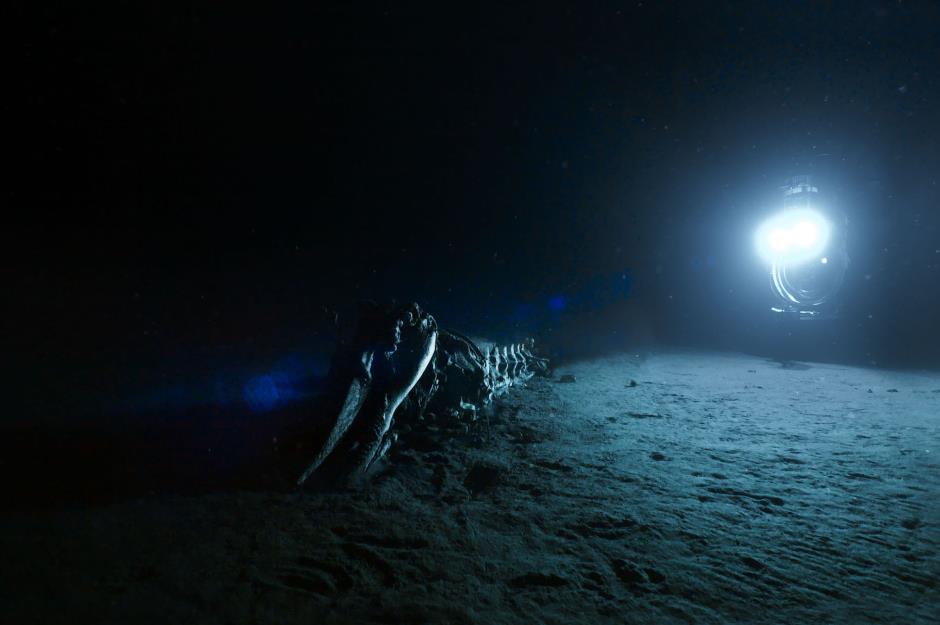
Revolutionary technology including submersibles allowed the Blue Planet II team to enter new worlds and film previously unknown behaviours in ways that were impossible 20 years ago. One of the most magical and otherworldly places that the team were able to film in was the deep ocean, which Honeyborne described as the ocean’s “final frontier” and "Earth's inner space”.
The Deep
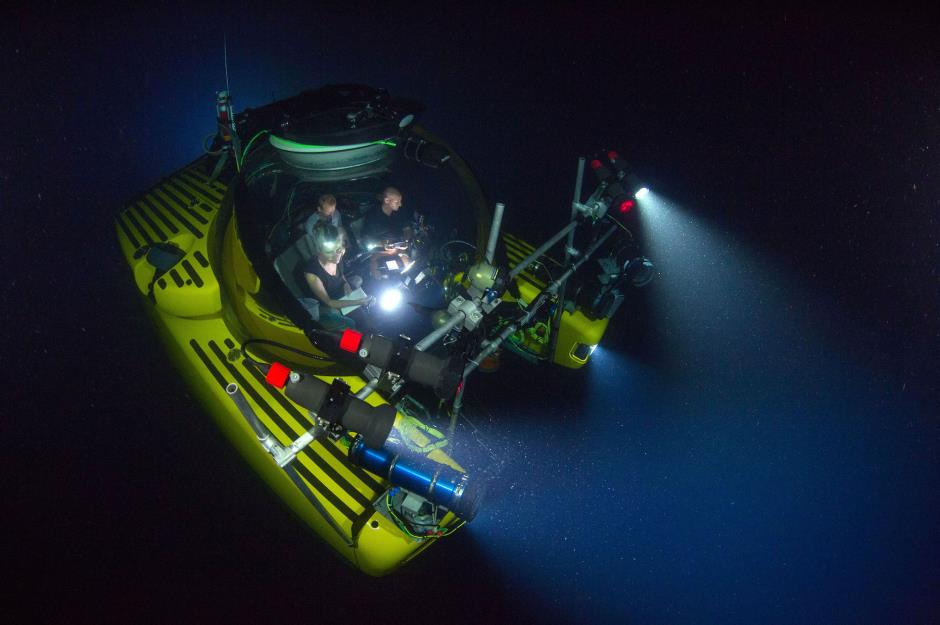
By using high-tech submersibles carrying ultra HD and extreme low-light cameras, The Deep episode plunges the viewer into the extreme depths to witness some of the ocean's weirdest creatures. In one of the series’ many firsts, they were the first people to get a manned sub down to the deep sea (3,200 feet underwater) in Antarctica. “This is our sci-fi film,” said series produver Mark Brownlow. “We spent more time in subs on our first shoot than in the entire original Blue Planet.”
The Deep
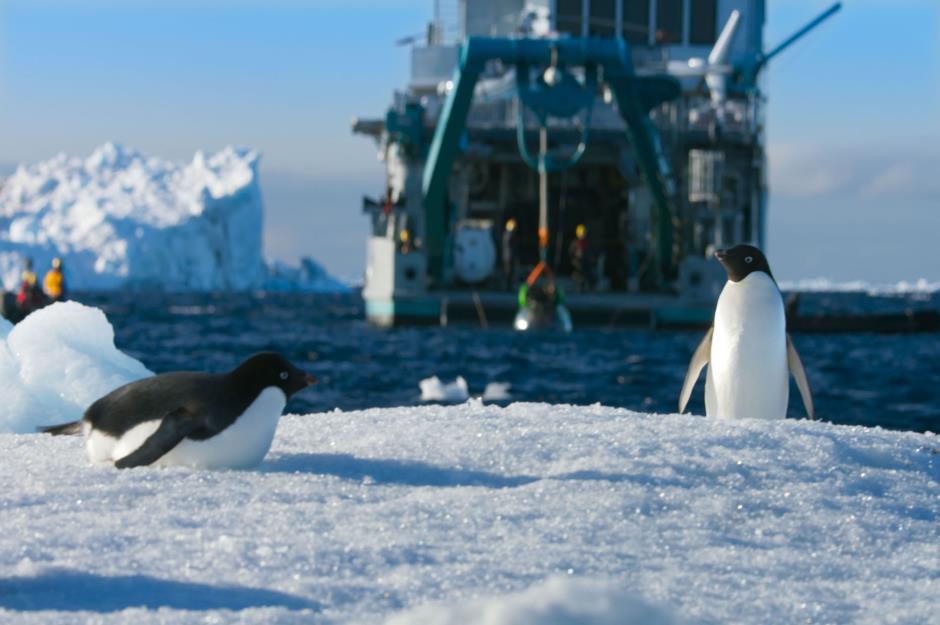
The team spent two years preparing for this record-breaking expedition aboard the scientific research vessel MV Alucia to bring two submersibles – Deep Rover and Nadir – down below the icebergs of Antarctica. “After 1,000 hours in submersibles, Blue Planet II turns the spotlight on creatures so alien they could have come from outer space. It’s said we know less about the depths of our own planet than we do the surface of Mars,” explained Honeyborne.
Close-ups in the deep
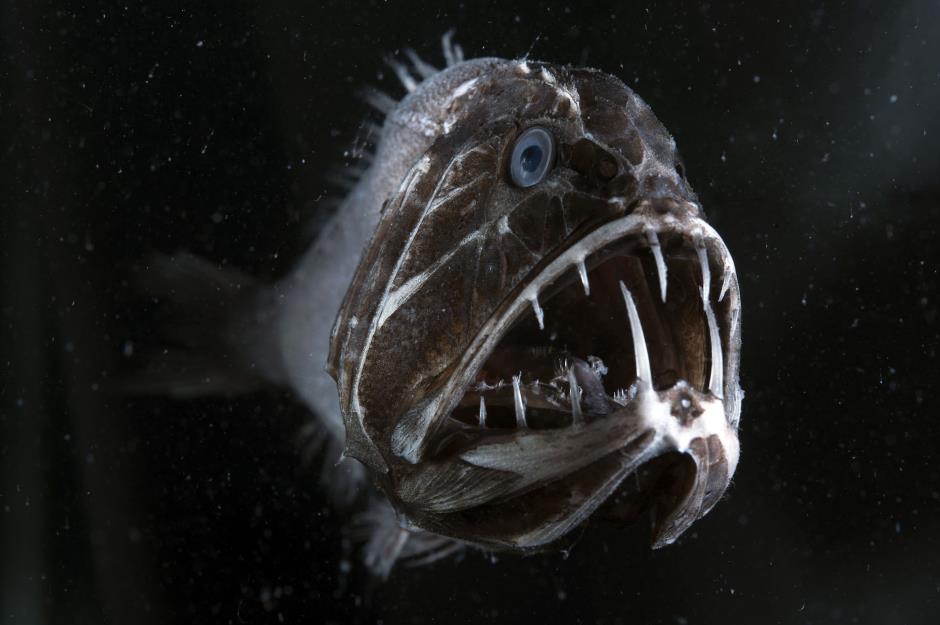
Some creatures, such as the Midnight Zone's fearsome-looking fangtooth, were actually filmed in a special chamber aboard the research ship. According to Orla Doherty, producer of The Deep, some extreme close-ups of tiny creatures were painstakingly captured by a macro-camera manipulated on the submarine’s arm while others were achieved in collaboration with scientists. They collected the creatures using a manipulator arm and placed them in a dark refrigerated chamber. “It’s into that dark, cold room that we sent our camerapeople," she says.
Close-ups in the deep
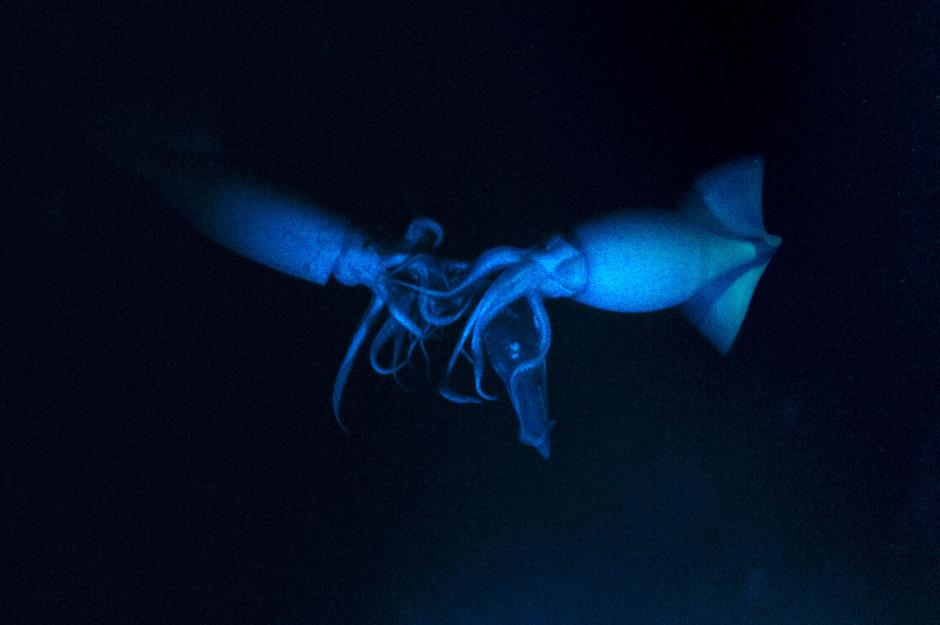
In another first, Blue Planet II includes the first submersible dive into the squid zone. Once again, working from science and exploration vessel the Alucia, the Deep team and scientists mounted an expedition off the central coast of Chile to film hunting packs of humboldt squid from a submersible. They captured astounding footage of the terrifying-looking cephalopods preying on lantern fish at a depth of 2,624 feet – and even turning on each other and the cameras.
Close-ups in the deep
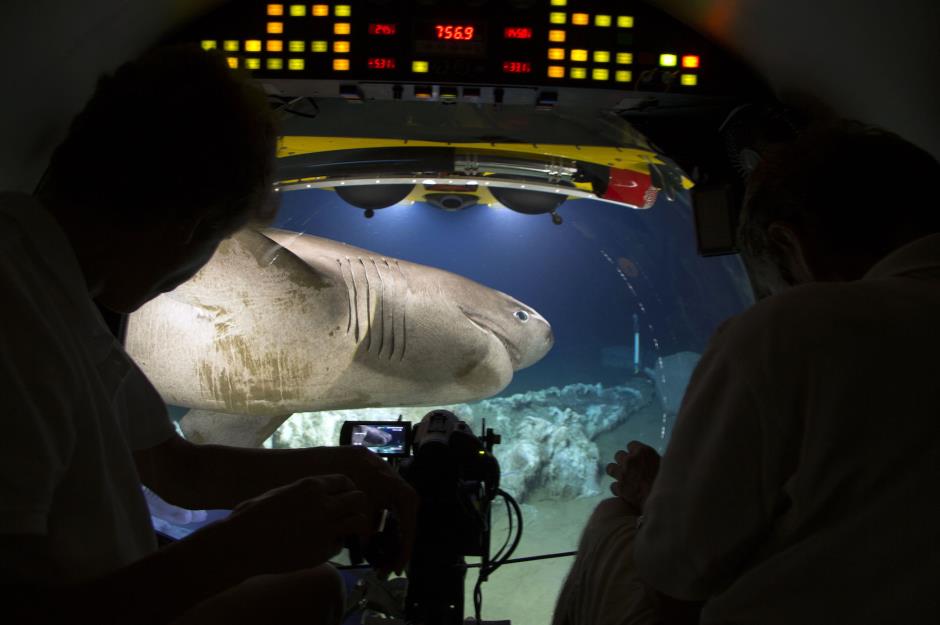
New camera technology
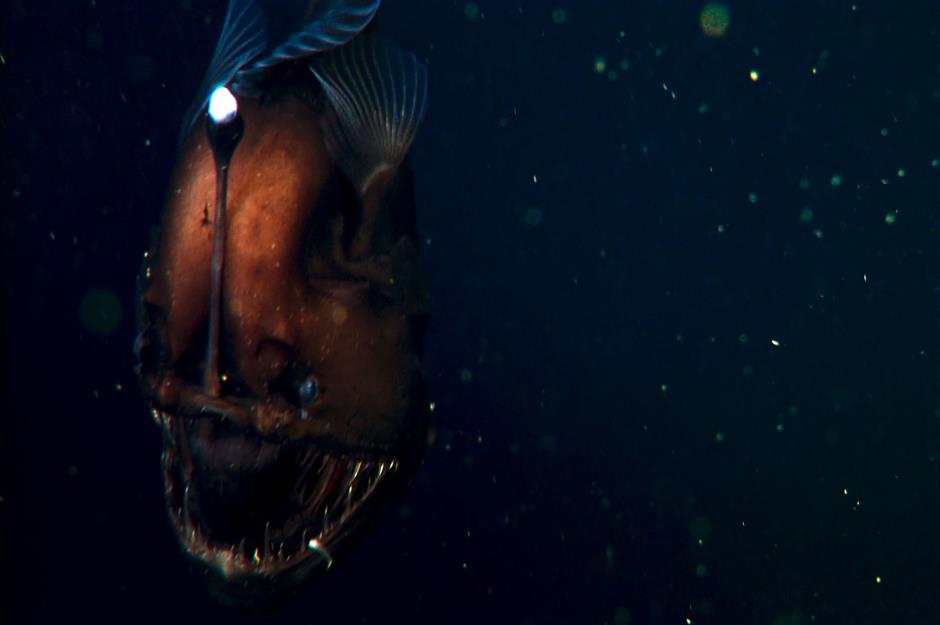
New camera technology
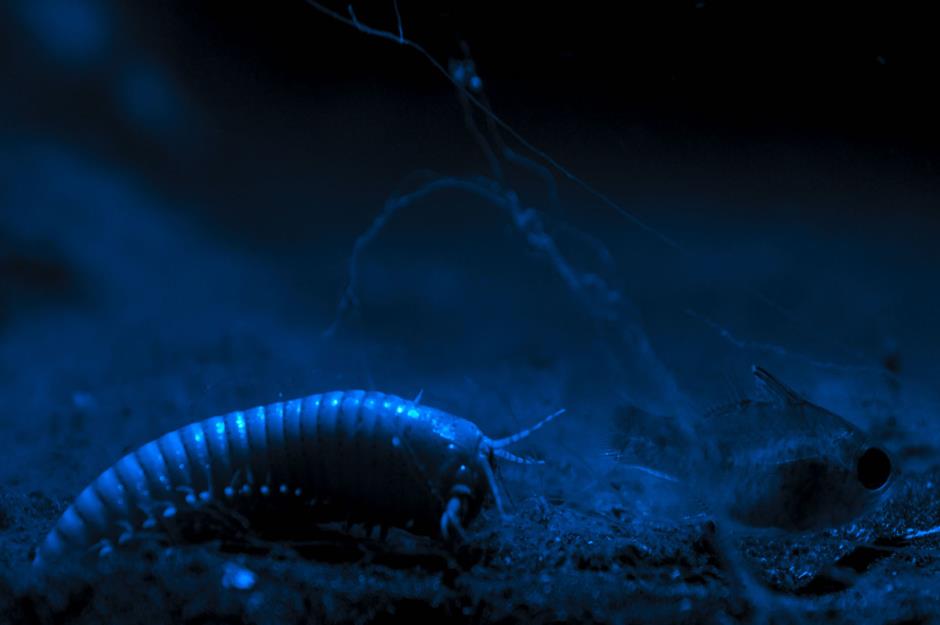
One-of-a-kind lighting system
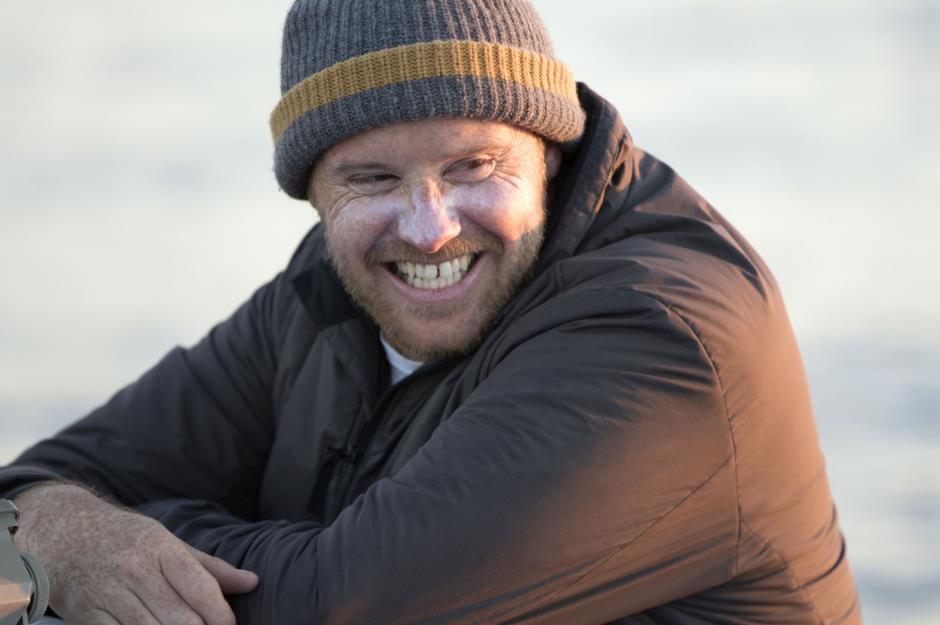
Breathing equipment
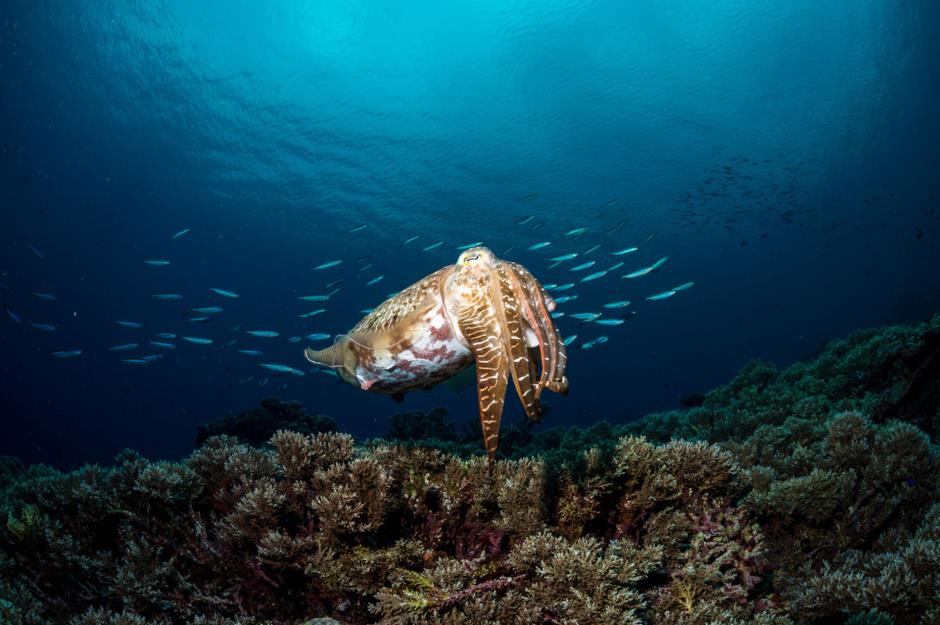
The HD mega-dome lens
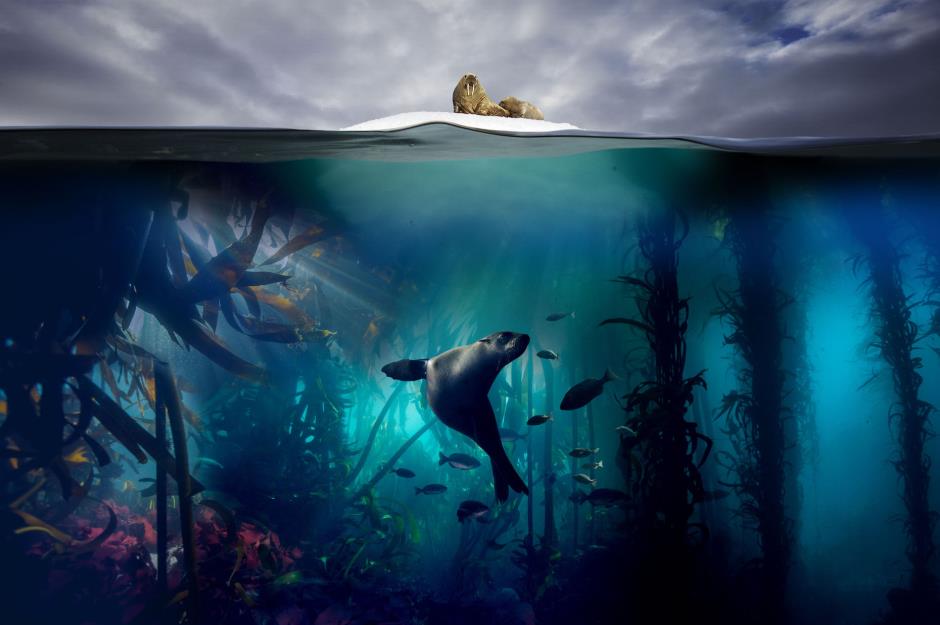
The HD mega-dome lens
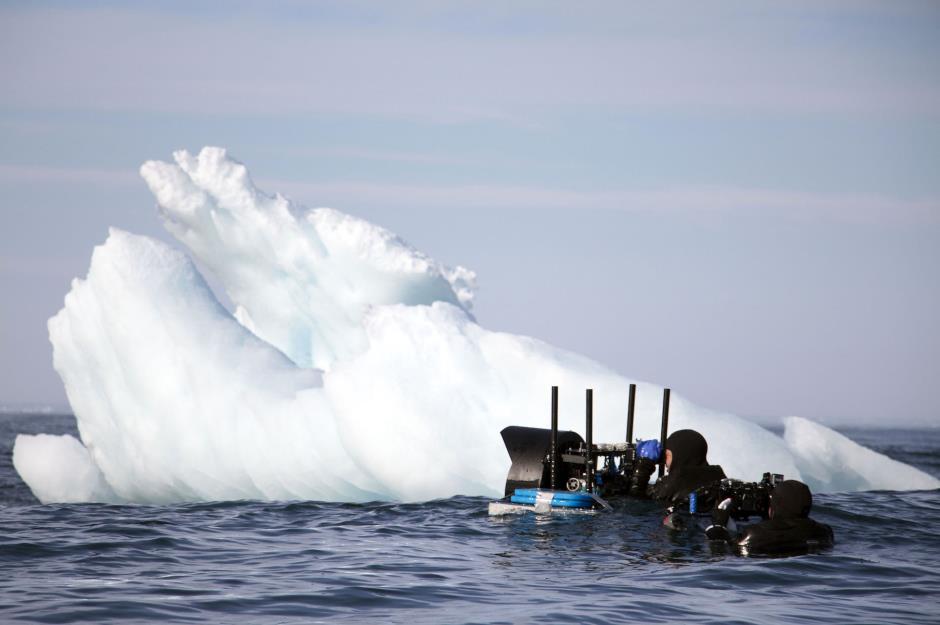
UHD underwater probe camera
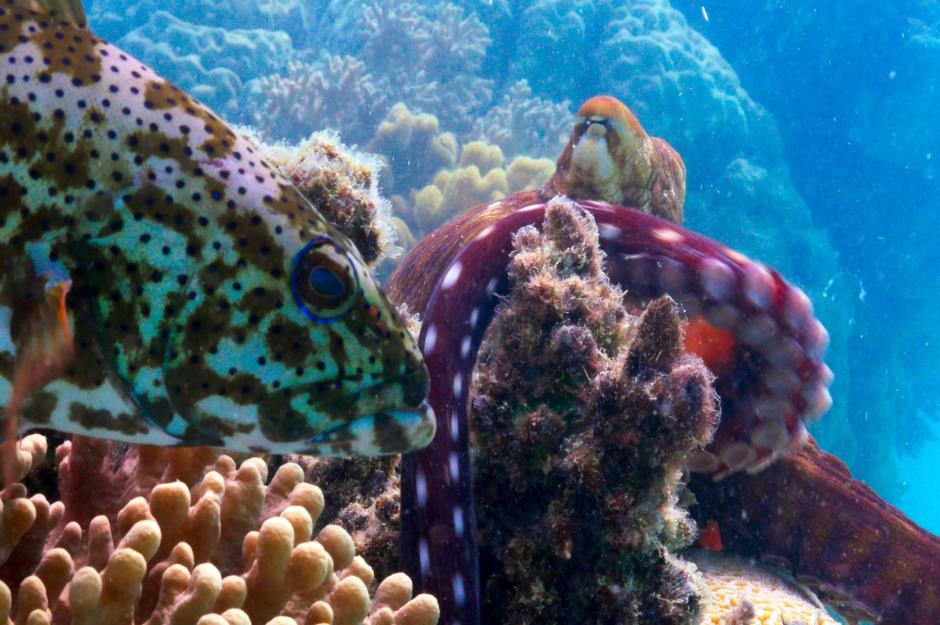
UHD underwater probe camera
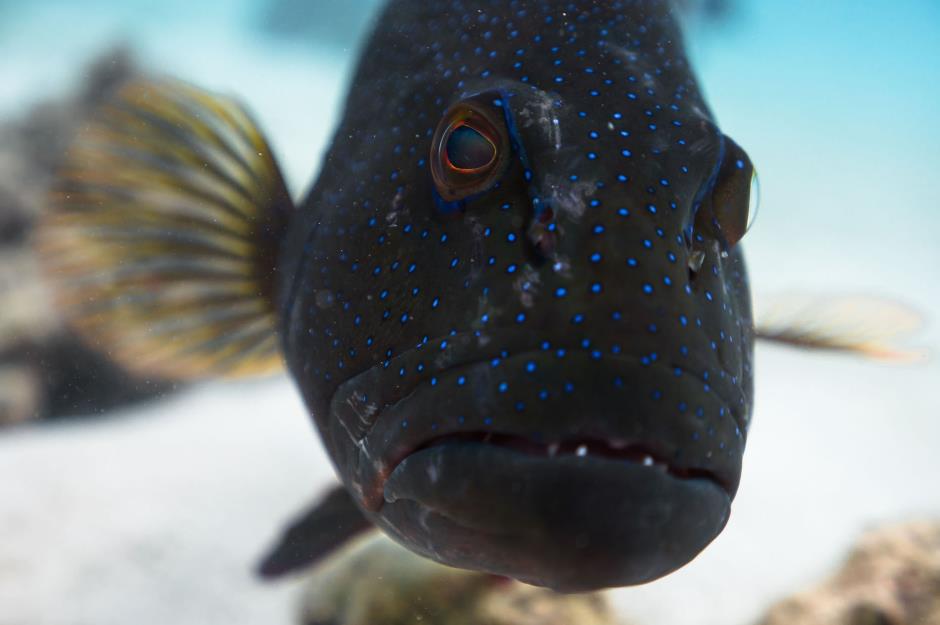
Changing perspectives
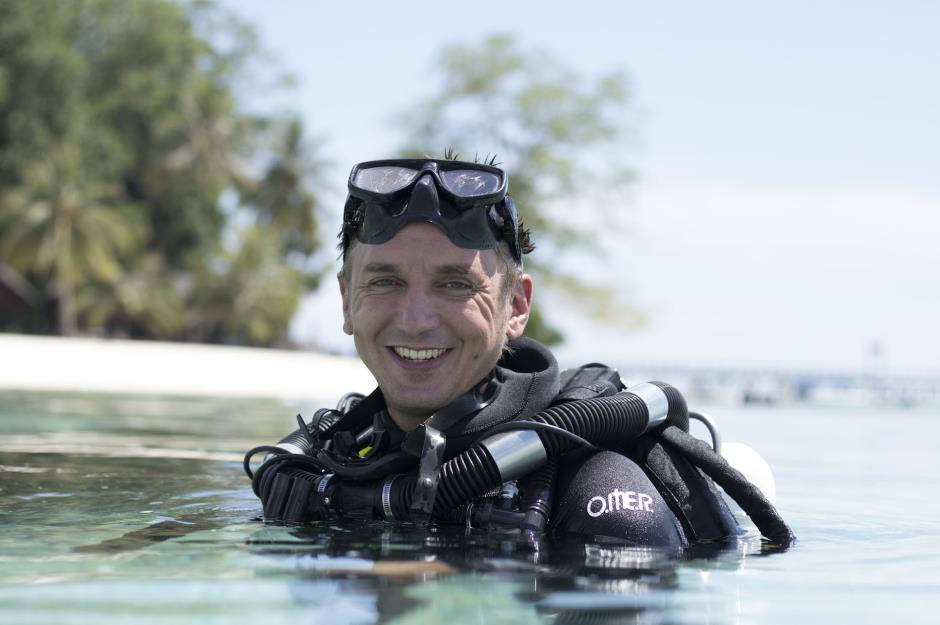
Innovations in equipment such as underwater sliders, motorised macro positioners, and scope lenses enabled the filmmakers to get inside the coral reef and “show it from the perspective of the critters that inhabit it,” writes one of the series cameramen Roger Munns on his blog. “That said,” he continues, “the majority of the filming was still done on a traditional underwater camera setup, using a housing from Gates Underwater Housings and a Red Dragon 6K camera."
Cinematic style
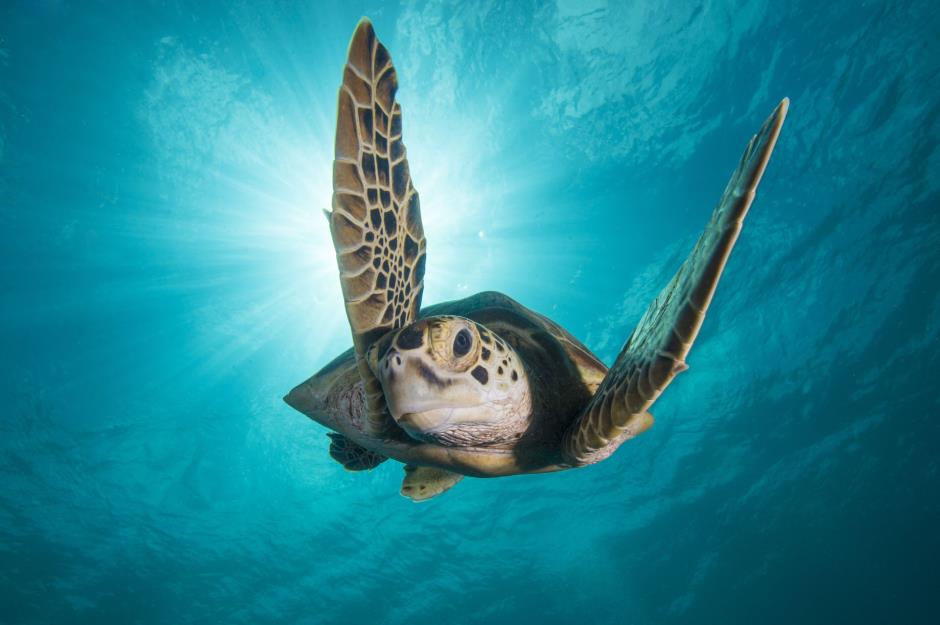
Drones
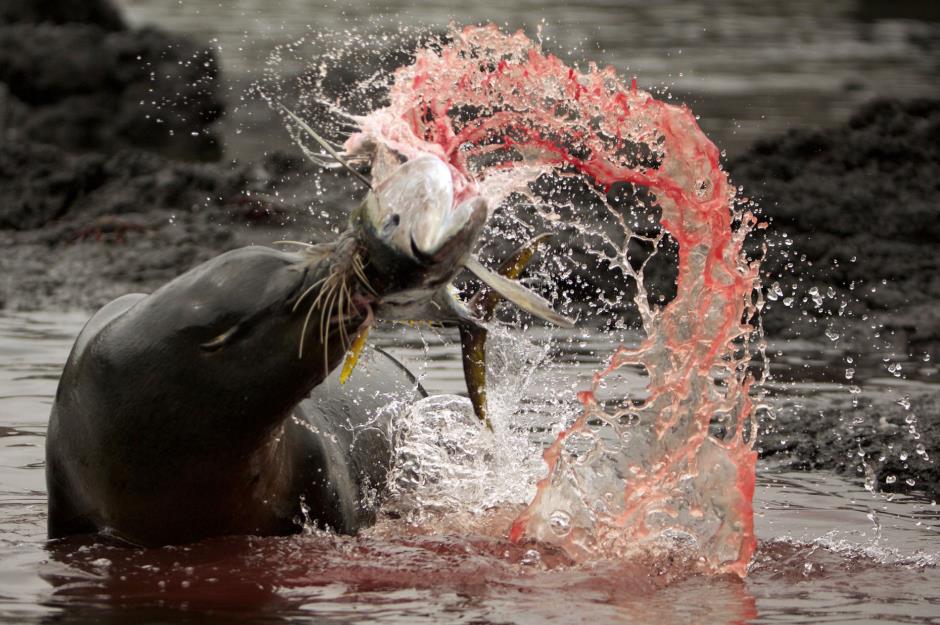
Blue Planet II also deployed UHD drones to document some previously unknown animal behaviour including that of sea lions off Isabella Island in the Galápagos. The drone’s unique perspective allowed the team to capture the incredible footage of the sea lions driving yellowfin tuna from the open ocean into their cove, forcing them to beach themselves. Previously, aerial shots for the original 2006 series were shot on 16mm celluloid film, using helicopters.
Drones
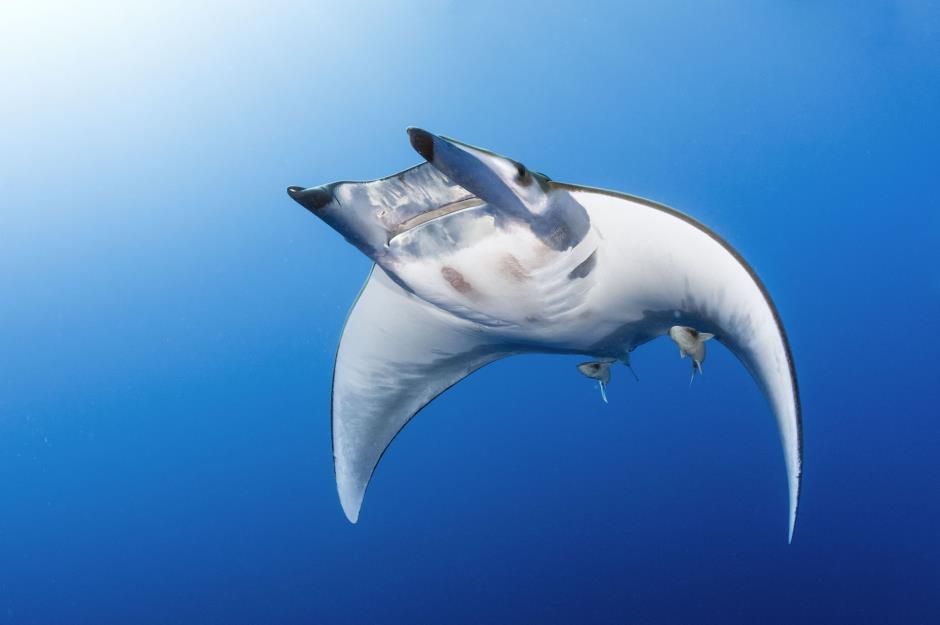
Suction cameras
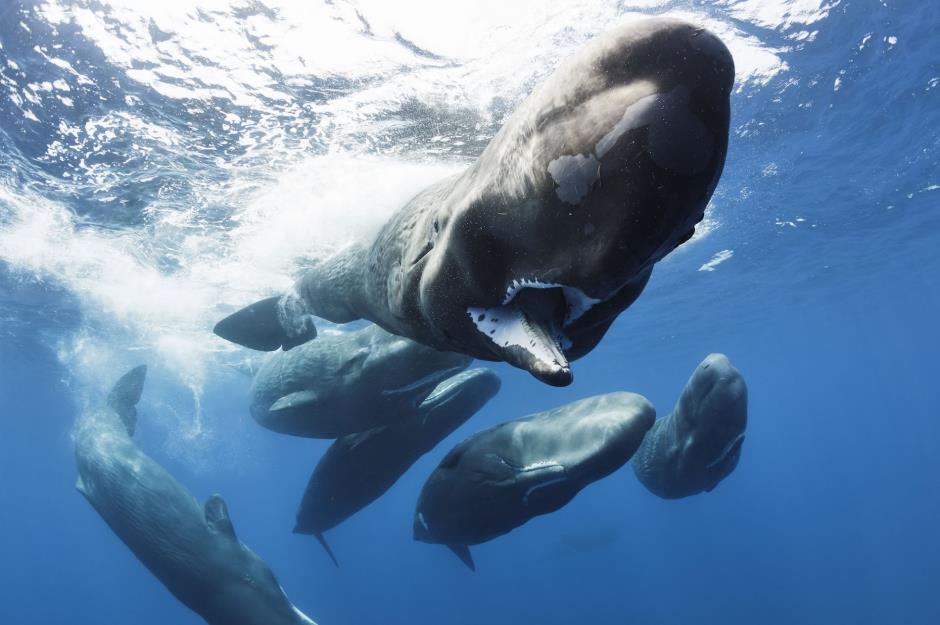
Suction cameras
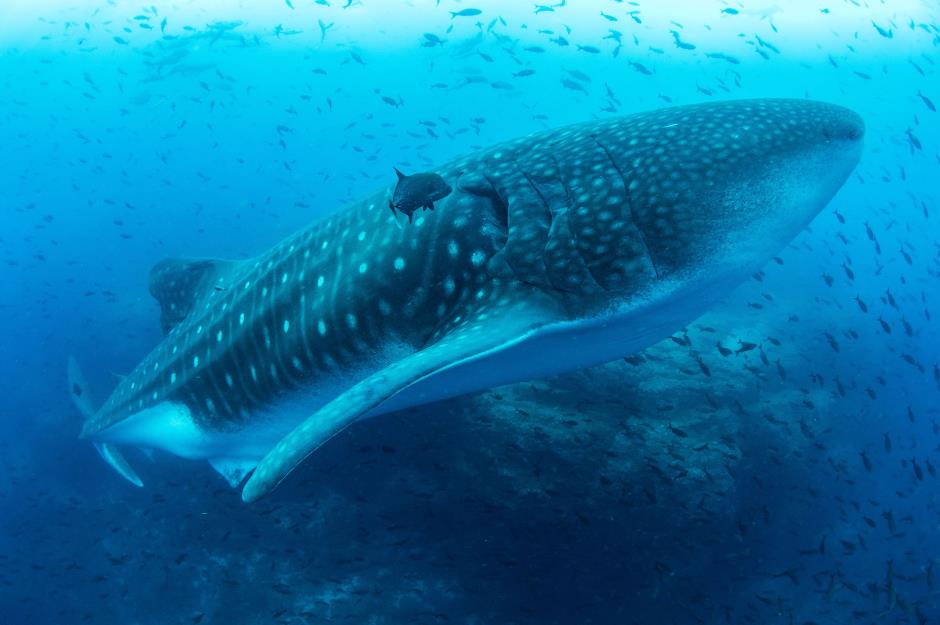
Another suction cam was deployed on the back of a pregnant whale shark as it travelled through the Galápagos archipelago. The cameras were fitted with sensors that recorded speed, temperature, salinity, duration and location. They were designed to fall off after 30 hours where they could be retrieved and the astonishing footage finally viewed by the crew.
UHD underwater motion-control timelapse rig

UHD tow-cam
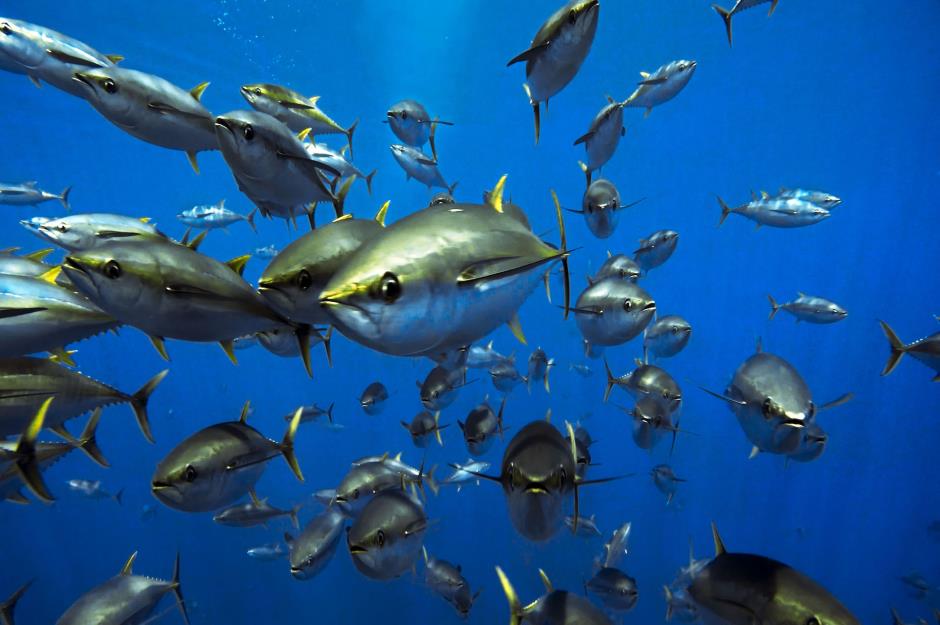
Comments
Be the first to comment
Do you want to comment on this article? You need to be signed in for this feature